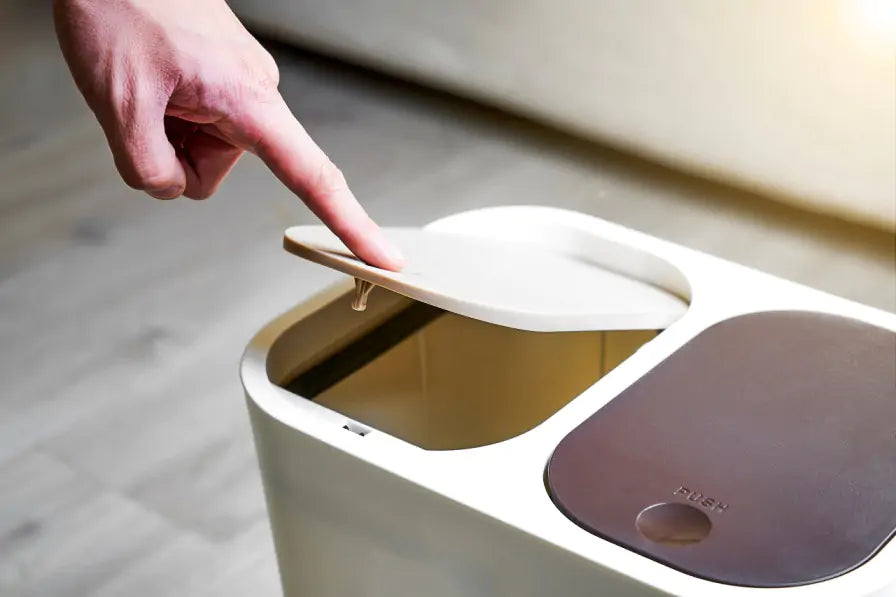OR
Express Checkout

Public sectors should always provide sanitary bins, whether intended for nappies, feminine hygiene, medical waste or anything else that would be considered inappropriate to dispose of in normal litter bins. Making sure that there is some form of sanitary bin in any public sectors ensures that people know where to dispose of these forms of waste and can do so accordingly.
You may not be aware that sanitary bins are extremely dangerous. Yes, you read that correctly. Be afraid of the sanitary bin!
Moreover, it is not the actual bin that is dangerous, but the harmful germs that land upon it that could be a great risk to your health and wellbeing. Every time the toilet is flushed, mist evaporates into the air and lands onto sanitary bins next to the toilet, which contains the likes of Salmonella and E.coli. Having your bin professionally disposed of may be the best solution to ensure that you in-house cleaner does not go off on long-term sick! Professionals will know how to dispose of these bins effectively and will have the correct equipment to do so.
Sanitary bins come in several materials, however the best ones are made from Polypropene or stainless steel due to their resistance of bacteria. They can be easily cleaned to get rid of any bugs or bacteria that may be present. Keeping bins hygienic in public places is essential, especially as there are so many people using them throughout the day.

Opt for pedal or sensor bins so that the bin itself doesn’t have to be touched when disposing of sanitary items. There will be germs inside and outside of the bin, therefore safeguarding that hygiene is kept up to an ideal standard means that bins should be operated without having to be touched at all.
One material to steer well clear of when choosing a sanitary bin would certainly be mesh, for obvious reasons. Spillages are much more likely and there is no way of blocking out odours. Choose a bin that does the job correctly.
Essentially, sanitary bins should be a suitable size due to the large amounts of waste that will be needed to be disposed of every single day. Overfilling bins that aren’t large enough to cope with the amount of waste will cause severe and rather unpleasant odours, if bins are emptied at certain times of the day and not all that regularly.
Ensure that the quantity of bins is suitable for the area and big enough for everyone to use to prevent overfilling. If the bins do become full too quickly; the next issue would be that waste could be thrown down the toilet causing blockages that will add up to even more of an expense. Investing in the correct bin initially will save a great deal of money, time and effort for all involved.
Not only are sanitary bins required in public toilets, but also within medical and care environments to keep on top form with hygiene. Sectors such as these need to manage germs at the best of times when dealing with sick patients and small children who are prone to picking up germs and infection, therefore guaranteeing that your bin is not a risk factor to them would be something to consider. Bins should never be chosen lightly as infection and germs need to be well contained to prevent the spread of deadly germs as previously mentioned.
It Is also important to know that sanitary bins are NOT the same as ordinary bins that are in shopping centres and on high-streets. Sanitary items such as bandages, sanitary towels and nappies are disposed of differently than usual waste which is taken to landfills, due to governing laws.